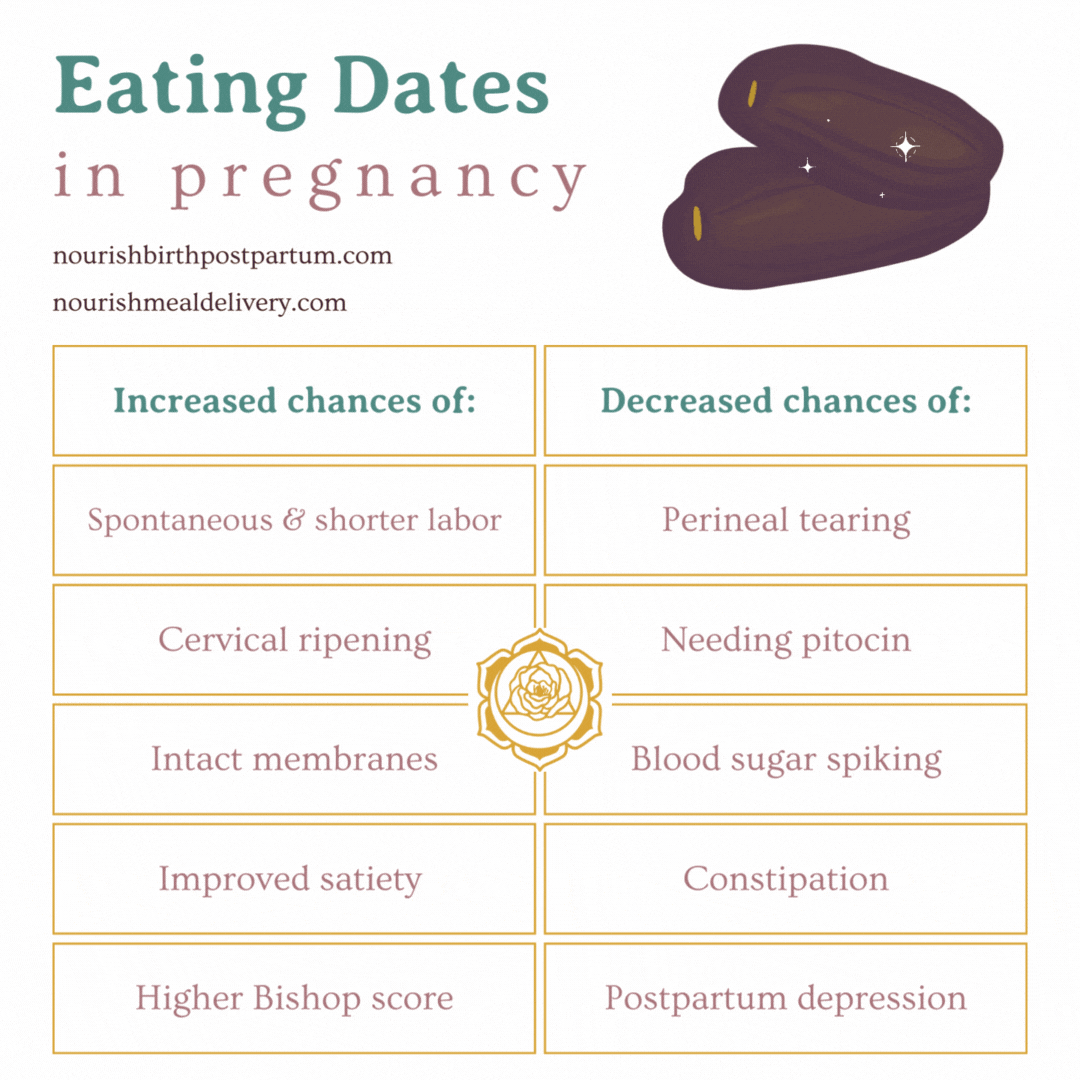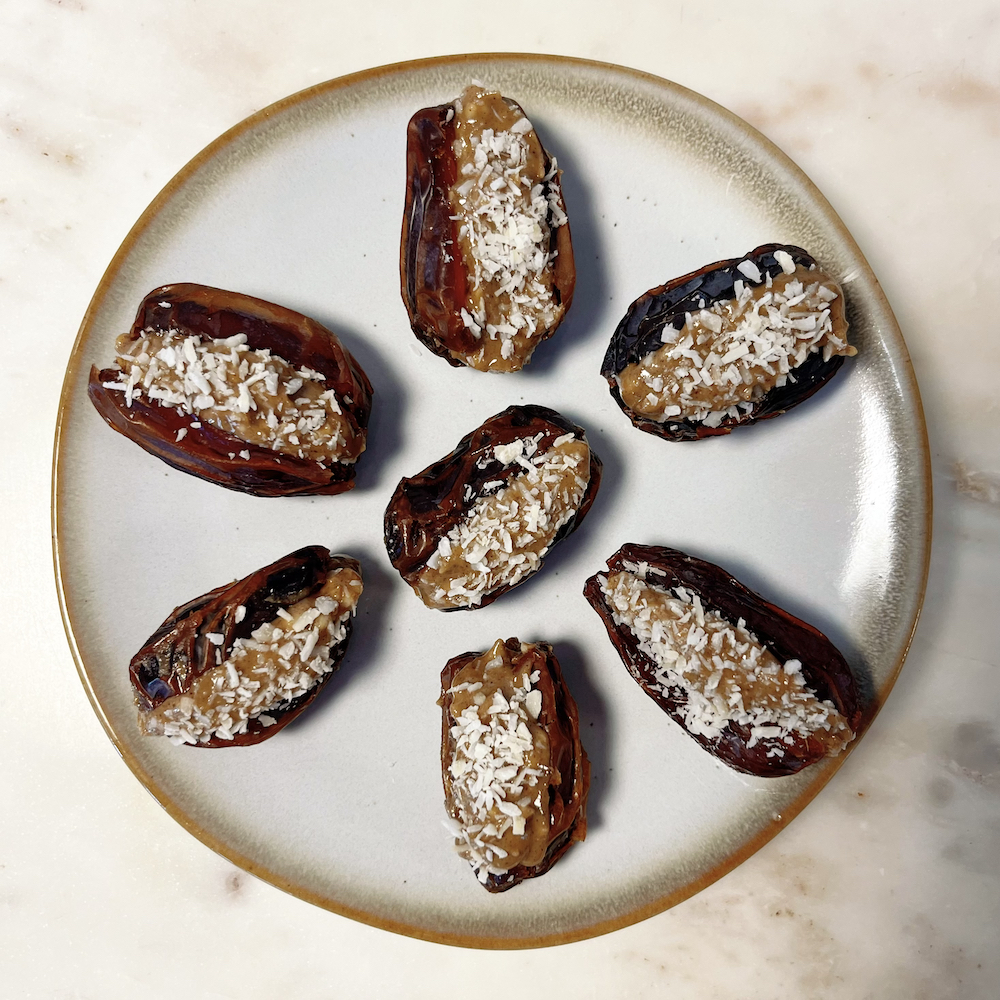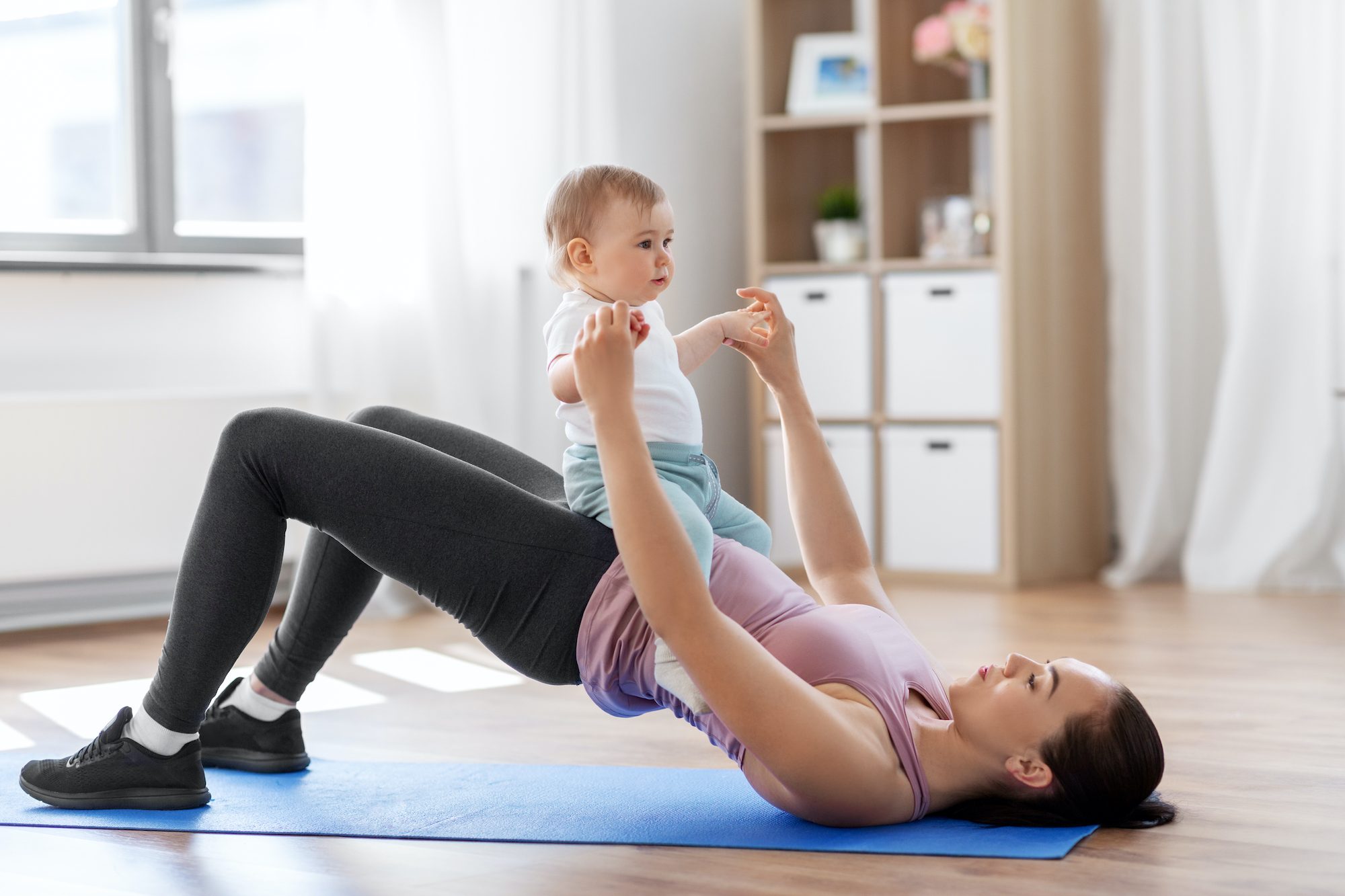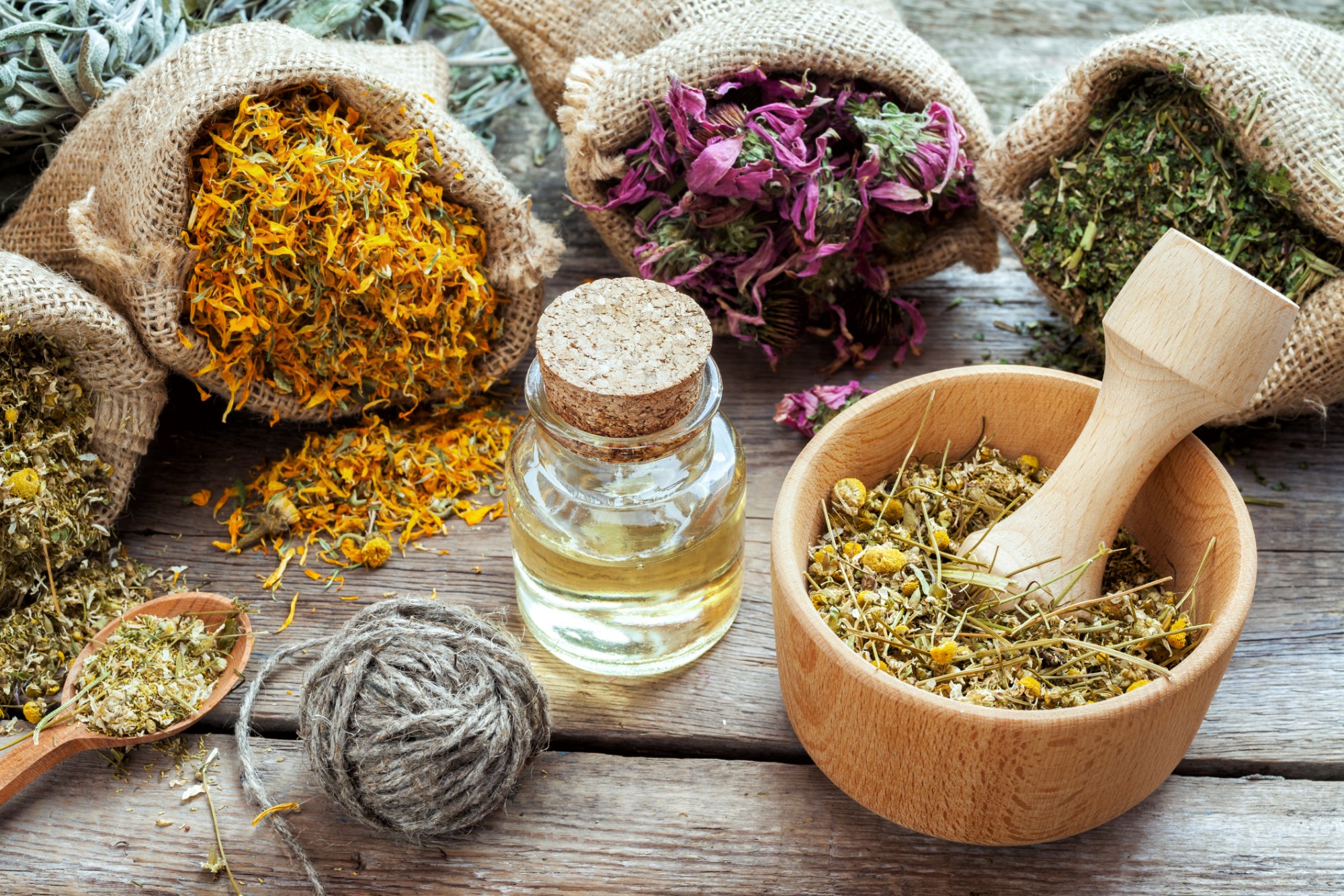
In the midst of a newborn baby, often the new mother can forget to take care of herself. It’s not really “forgetting”, although Mommy Brain is literally a real thing, it’s more about the new mother prioritizing this tiny human being’s needs and being so exhausted that she just couldn’t get to serving herself. Hiring an Ayurvedic Postpartum Doula can be extremely helpful as the new mother is taught how to carve time out for herself to allow herself physically and emotionally for self-care everyday and learn to incorporate that into the hustle and bustle of being a new parent. Here is a very basic list of postpartum essentials that can help to ease the transition into motherhood.
Perineal Care
This is one of the top postpartum essentials!
Delve into the diverse world of herbal blends crafted for postpartum sitz baths, each offering distinct properties and benefits. Discover how these blends can provide soothing relief and promote healing specifically tailored to address the discomfort of hemorrhoids, enhancing your post-pregnancy care routine with their calming and anti-inflammatory effects.
Make your own sitz bath and perineum spray with my DIY Herbal Perineum Spray Recipe which doubles as my DIY Herbal Perineum Padsicle Recipe: You’ll want to prepare these ahead of time. Freeze them so when you return home, you can heal yourself more quickly. They provide anti-inflammatory relief, which provides pain relief.
Explore various herbal blends available in the market for postpartum sitz baths, each offering unique properties and benefits for enhanced healing and comfort during the postpartum period.
You may also purchase these ready-made Sitz Bath Herbs:
Some postpartum mothers like to use this Sitz Bath Toilet Attachment: a basin you will hover over while having a sitz bath on the potty, which allows for a more concentrated sitz bath due to a smaller amount of water in the basin vs. filling your entire bathtub and using more product. It is also a faster sitz bath this way vs. soaking your entire body. Some mothers love to soak/steam in a semi-to-luke warm bath, even if it’s filled only partially. It’s your special moment and you can do what you want! Doing a sitz bath 2-3 times daily is a postpartum essential you don’t want to miss out on because it will speed your healing.
Herbal Perineum Sprays, Balm, and Spray Bottles:
Euphoric Herbals also sells herbal sitz bath sets.
Easing Elimination
Another top postpartum essential is a Toilet Stool – Our colon has a kink in it that gets pinched when we sit like we void (urinate and/or defecate). This can cause us to have trouble “going” completely, making us strain which can lead to a host of problems like hemorrhoids, increased loss of control down the road, and cancer. When we are in the squatting position, that kink straightens out, allowing us to eliminate with ease and comfort. American toilets are not designed to help us void easily. They actually put us in the wrong position for easy elimination. This is where a toilet stool helps us get in a better position.
Postpartum Hair Care
As your Ayurvedic Postpartum Doula, I teach you a daily self-care routine, also known as dinacharya, which involves abhyanga, or self-massage. This can be done with warm sesame oil all over the body, including the scalp. It is great for promoting circulation on the scalp and an absolutely necessity for stimulating hair growth on the scalp, and also for lymphatic and blood circulation when massaging the breasts to increase breastmilk production. Other products that help postpartum hair thinning include scalp treatments which contain ginger, rosemary, and saw palmetto.
Belly Binding and Belly wrapping
Bellybinding helps to create outer strength while gaining internal strength during the postpartum period. It helps bring the abdominal muscles in, as well as all the organs back into their places. It also aids in balancing hormones. One of our bodily energies is called “vata” which has properties representing a changing state of movement, and represents the qualities of cold and dry, and the element of air. It correlates with the energy that assists Baby to come out, and then when Baby does comes out, there is a vulnerable void/space of vata where Baby once was. Belly wrapping can heal the space, allowing the postpartum woman to feel the benefit from it for the rest of her life. If the space is not healed correctly, after six weeks, it seals anyway and can sort of trap a whole array of ailments such as mental and physical problems that occur when vata is unbalanced. There are many handmade bellywraps sold on Etsy which are quite beautiful. The 9-yard piece of fabric is custom braided and traditionally worn for several days and even weeks during the first long resting period of 1-2 months postpartum or longer. Wearing this and bathing less frequently, a couple times a week or even less is common during this period. Abdominal and pelvic binders are quicker to apply and remove easily using velcro; belly binding uses a braiding technique.
Healing from a Surgical Birth
Cesarean scar remedies : silicone sheets for healing raised scars after they’ve closed.
: silicone sheets for healing raised scars after they’ve closed.
Lactation Aids
Soothies Gel Pads or Soothies Pack for nipple protection.
Nursing pillows:
Nursing pads: Bamboobie washable nursing pads, or Bamboobies disposable nursing pads.
Postpartum Heat & Ice Packs: Breast Therapy Packs to heat and ice the breasts when engorged, as well as for stimulating milk let down: when breasts are full and knotty, warm compresses or heated warm packs. Massage deeply and push the knots down with fingers toward the nipple when breastfeeding in a hard, kneading motion. Baby can draw the knot out so do not stop breastfeeding as it will get worse. Allow baby to draw any clogged ducts by her sucking even if painful. Baby can fix it! Then take these ice packs out of the freezer and ice your breasts.
Nipple Creams & Balms: Lanolin Nipple Cream for sore nipples and coating the inside of the breast pump flanges to create a lubricated barrier when pumping breastmilk.
Euphoric Herbals also sells herbal nipple salve.
Nipple Protectors like Nipple Shells allow your nipples to be separated completed from any surface so they can recover from any sensation or having to touch anything. Recommended if nipples are so sore and when it’s impossible for them to be touching anything. If you reach this stage, baby is still starting to develop her mouth and jaw muscles, and is having temporary trouble latching properly until she grows a bit stronger, and you need to guide her to latch on your whole areola and not just the nipple. Using these will give your nipples a break to recover and you can apply nipple cream beforehand, and since there will be a separation from any fabric, the nipple cream won’t be soaked into the fabric. The shells also allow your nipples to air dry. You can rub colostrum onto your nipples, then the balm, and then lanolin to “seal” it in for faster healing, and then put on the shells. Thrush is a yeast infection and it can happen if the nipples are wet and not allowed to breathe, for example, from wearing a sports bra (too constrictive) or not allowing the breasts to air dry after feedings. The shells are the perfect prevention tool if you actually need something to help you to be reminded to air dry them or if you don’t have enough privacy to go topless. They are a great solution if you are already encountering that painful problem.
Lecithin helps prevent plugged ducts
Milkies Milk-Saver: Easy to use, slim and durable – simply slip the Milk-Saver into your bra-cup on the non-nursing side before you breastfeed. The Milk-Saver collects the “liquid gold” that is leaked as your breast milk lets down – no more wasting that milk in a breast pad! Holds 2+ oz of milk. The Milkies On-The-Go version are smaller and more discreet; you can wear them when you’re out of the house to collect milk if you let-down when grocery shopping after hearing a baby cry in the next isle – and this version has vents to allow your nipples to breathe unlike the traditional Milkies Milk-Saver.
The amazing Haakaa Silicone Manual Breastpump: A soft, durable tool, which doubles as a milk-saver! It can be placed and held on your breast hands-free to collect milk let-down as you nurse Baby on opposite breast or while pumping the other breast.
I love these herbal teas for pregnancy and postpartum lactation aids by Euphoric Herbals.
Malunggay, also known as Moringa, has been scientifically proven to increase breast milk supply – by as much as 100%!
UpSpring Lactation Aids are also helpful:
Mother Love Goat’s Rue, Shatvari, Fenugreek, Blessed Thistle, Fennel, and Nettle blends are amazing!
Ground flaxseed is a natural galactagogue and used in smoothies and lactation recipes to build and maintain milk production. Be sure to refrigerate after opening.
Thick, rolled oats are also a galactagogue, aid in milk production, and are in most lactation recipes as well.
Brewer’s Yeast is a magical galactagogue in addition to the two above and is also in many lactation recipes. Nonbitter versions are my favorite to use in my famous lactation smoothies!
These galactagogue protein powders smoothie mixes contain oats, flaxseed, and brewer’s yeast, and some of them have fenugreek as well. They are perfect for smoothies as vegan protein is ideal for mamas avoiding dairy due to baby allergies or sensitivities.
Remember, even though the galactagogues in these products are potent, they take time to work in your system and need to accumulate. Staying hydrated and drinking various teas and smoothies and tonics several times a day can boost your supply faster but if you have the same drink mix or same tea all day you’ll get super bored of the flavor. Mix it up! Buy a few so you’ll actually drink them!
Galactagogue cookies and bars are a great way to get those extra 400-500 calories needed for breastfeeding as well as some enjoyment through eating.
Privacy & Sun Protection
When you’re wearing Baby in a sling or baby carrier, and going out for a walk around their sleepytime with the idea and hope that Baby will fall asleep on you while you’re walking, wear a nursing cover which is already fastened, meaning you’ve already tied it loosely and then just slip it over your head. Choose one that is breathable, made of thin, light fabric so both you and Baby don’t get too hot, but Baby is still covered, and choose a dark color so the sun light isn’t shining through it. Choosing a nursing cover with UPF fabric is ideal as Baby can still get sunburned through fabric – but not if it’s made with UPF sun protection!
Coolibar’s UPF Sun Protective Nursing Covers are lightweight made with UPF 50+ cotton/viscose/bamboo/spandex fabric. Their ZnO SUNTECT technology protects against 98% of UVA and UVB rays and is the highest quality zinc oxide protection. They are super soft against the skin, so Mom and Baby are both cool and comfortable. It is best to get a darker color if you will mostly use it during daylight hours. These can be used three ways: as a nursing shawl, a baby blanket, and a car seat canopy cover. They come in a variety of colors; here are just a few styles.
Coolibar makes UPF Sun Protective Bandanas as well which you can wear around your neck as a scarf. Bandanas with UPF are perfect for super hot days because the fabric is smaller, both shorter and thinner than regular nursing cover dimensions. This is great for just covering your neck and top of Baby’s head while wearing Baby on a super hot day. This means you won’t have a long piece of fabric as you’ll only need to cover your neck area and chest area where Baby’s head and neck will be exposed while Baby is sleeping inside the carrier.
Delve into the diverse world of herbal blends crafted for postpartum sitz baths, each offering distinct properties and benefits. Discover how these blends can provide soothing relief and promote healing specifically tailored to address the discomfort of hemorrhoids, enhancing your post-pregnancy care routine with their calming and anti-inflammatory effects.





